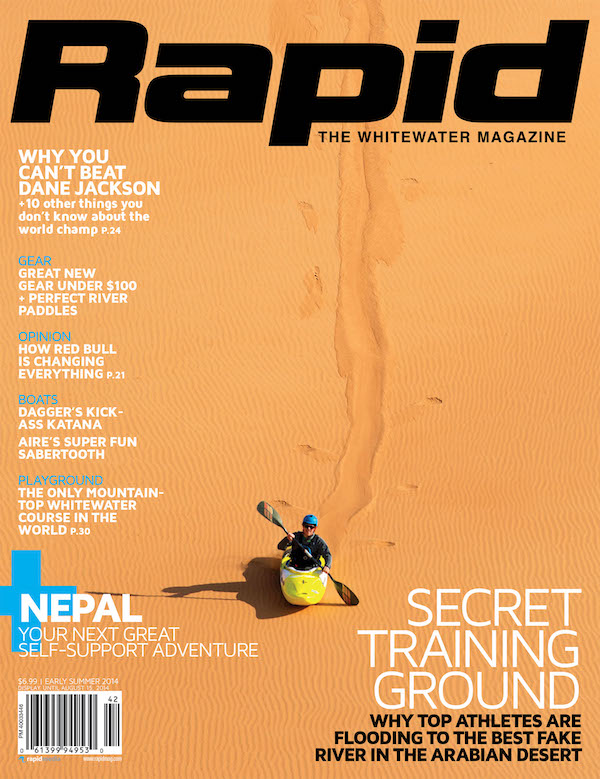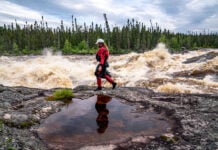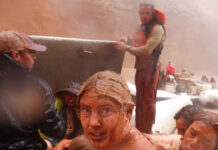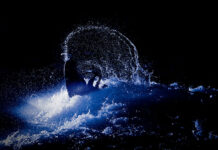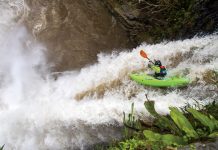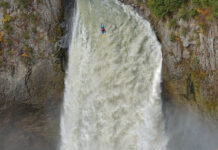Why kill me, I give you life. Love from Rupert River.
I stop walking to read this message, spray-painted on one of the copper-colored pillars of a bridge over the river, which, as I glance down, suddenly seems angry—fast, dark water crashing on grey rocks.
When I took my first paddle strokes on the Rupert, I knew only one thing about the river—it was slated to be damned. Twenty-eight days, and almost 400 miles later I knew much more. I knew that the best sound to wake up to is the babble of whitewater. That the rich culture of the Cree people is directly connected to the wild-flowing water of the Rupert. I knew that fire-grilled, freshly caught whitefish melts in your mouth. I knew that this river was once a highway through history. That oatmeal-fed muscles could solo portage a canoe for many miles and that if you got enough black fly bites, your eyes could swell shut.
What I didn’t know was that my time on the Rupert had changed me. A connection had been forged between wild water and I—a connection that I would take with me to other rivers. A connection that would direct the course of my life, without me even realizing it.
The rest of my summer was spent washing dishes. Dam construction was underway, despite my letters, petitions and phone calls. As I filled the sink with water, my mind would fill with questions. Who decided the fate of the Rupert? Had they ever experienced the northern lights as they dance to the acoustics of whitewater? Had they felt the exhilaration of running rapids blind, or the calm of navigating the vast shoreline under afternoon sun?
I connected everyday observations to the Rupert. A sprinkler on a lawn or an idling car. When someone left a light on, or let a tap run. If people weren’t so frivolous, if they didn’t waste so much, rivers wouldn’t need to be dammed to meet their demands.
A decade later as a raft guide, I was daydreaming at the back of the boat when it dawned on me. Maybe I could give the people on my raft a taste of the experience I had on the Rupert. Instead of just getting them down the river, maybe I could share it with them too.
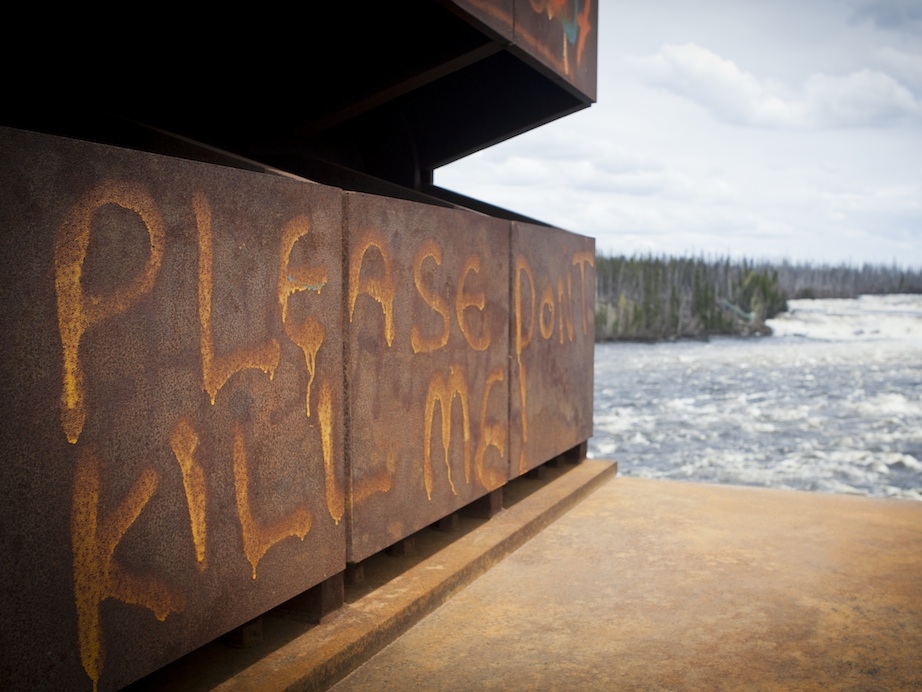
Along with giving them the ride of their life, if I could show people some aspect of the river—a great blue heron fishing on stilts, an osprey circling a tree-top nest—maybe they would take home a sense of pride and respect. Maybe they too would look at things differently. Maybe the environment would climb their priority list.
It’s easy to see the rivers we paddle as strong and free. We feel the thrill, fear and accomplishment that comes with conquering whitewater but it’s not until we know a river and understand its threats—development, damming, diverting and pollution—do we realize it can also be fragile and defenseless.
